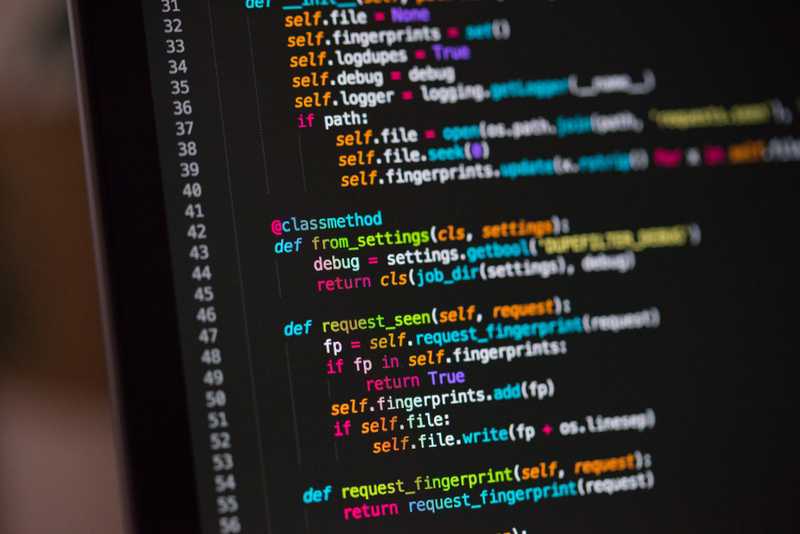Homeassistant configuration structure
I’ve been working on my Homeassistant config for quite a while now, so I would like to share my folder structure.
I’ve seen quite a lot of examples out there, and I tried to collect the best ideas of all of them, leveraging scalability of the tree of configurations and keeing it simple when I need to search for something there.
I’ll show you my structure and then I’ll give you some examples of the configs.
Folders 🗂
Here’s an output of a tree -d call on my /hass-config folder:
.
├── automations
├── binary_sensors
├── custom_components
├── includes
│ ├── lovelace
│ └── packages
├── scenes
├── sensors
│ └── templates
├── switches
└── www📂 automations
Inside the automations folder, I keep a single file for each automation.
This is easier for SCM, and you’ll go exactly to the right file when you open the folder:
automations
├── fontdoor.yaml
├── newupdate.yaml
├── sunroom_movement.yaml
└── ...Where, i.e., newupdate.yaml contains a single automation entry:
- id: 'home_assistant_update'
initial_state: True
trigger:
platform: state
entity_id: updater.updater
action:
- data:
message: "New HomeAssistant Update available"
service: telegram_bot.send_messageSo, there are a lot of automation files, but how do we join them all? Quite easy, actually.
Your configuration.yaml file must contain the following:
automation: !include_dir_merge_list automationsThis means that: every file contained inside automations folder, will be treated as an element of an array, so the contents of each file must contain a valid automation node.
The same process applies for binary_sensors, switches, scenes folders.
📂 www
On this folder, I save my custom components, to use in Lovelace UI.
Things like:
custom_components 📂
In order to have my custom UI components up2date with their source code, I have my custom_updater script on this folder. As per docs, it “allows you to track and update custom cards or components and python scripts”.
Really handy 👌
📂 includes/lovelace
In order to have my Lovelace UI configuration organized + keeping it scalable, I keep this folder as a source to feed my ui-lovelace.yaml, following this structure:
├── main.yaml
├── ...
├── lights.yaml
├── configuration.yamlAs main.yaml represents the root of the configuration, each yaml file is a tab on my Lovelace UI.
Here you can see how I call all these separate files, on my ui-lovelace.yaml file:
title: Home
resources:
- url: /local/mini-graph-card-bundle.js # Here is a custom UI component
type: module
- url: /local/mini-media-player-bundle.js # Here is another custom UI component
type: module
views:
- !include includes/lovelace/main.yaml # These are the files for
- !include includes/lovelace/lights.yaml
...
- !include includes/lovelace/configuration.yamlWrap up
There are a lot of config organizations you can use, but the best is the one that fits your needs.
So gather some ideas, read a lot of github user shared configurations, and you’ll eventually get your stuff organized too.
Most definitely you’ll learn some new cool automations that you didn’t know they were possible ✨.
It’s a process, not an immediate task.
I’ll be sharing my config soon, it’s it the process of being prepared to be open-source. ⏳
Sources 📚
For more information on the best practices of splitting your massive configuration.yaml, check the following links:
